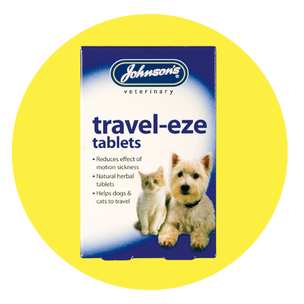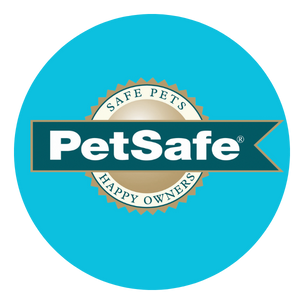What is the best dog car restraint for safe travel?
+
The best car restraint for dogs is typically a crash-tested car harness or a secured travel crate. A high-quality car harness (preferably crash-certified) attaches to your car’s seatbelt system and keeps your dog safely restrained. This allows your pup to sit or lie comfortably while preventing sudden movement in a quick stop. For dogs that don’t mind confined spaces, a travel crate (securely strapped in place) can be equally safe—it keeps the dog from moving around the car and provides protection. Often, the choice comes down to your dog’s size and comfort; some larger dogs travel better in a boot-mounted crate, while others do well with a harness on the back seat. Always ensure whatever restraint you use is properly sized and attached according to the instructions for maximum safety.
How do I choose the right size travel crate for my dog?
+
Choose a crate that is big enough for your dog to stand up, turn around, and lie down comfortably, but not so large that your dog slides around during transit. For car travel, a snug fit is helpful—your dog should have enough room to be comfortable, yet the crate should fit in your vehicle securely. Measure your dog’s length and height and compare with crate dimensions. If you’re flying, be sure to get an IATA-compliant carrier and follow airline size guidelines (pets must be able to stand and turn normally in the crate). As a rule of thumb, there should be a few inches of clearance above your dog’s head when sitting, and the length should accommodate from nose to base of tail. If your dog is still growing (e.g. a puppy), consider a crate with a divider or plan to upsize later. When in doubt, our team can help you find the perfect fit.
Are your dog travel carriers airline compliant for flying?
+
We do offer airline-approved (IATA-compliant) dog carriers suitable for air travel. Products like the Bracco Travel Carrier are designed to meet international airline standards—they have secure locking doors, sturdy plastic construction, and ventilation on all sides. Before flying, always double-check the specific airline’s pet travel requirements (size, weight, and features like leak-proof bottoms or screws/bolts on the carrier). Many of our hard-shell crates meet these requirements. If you plan to fly with your dog, look for the “IATA compliant” note in the product description or ask us for recommendations. Remember to also prepare other travel documents and needs (e.g. health certificate, travel bowls) when taking your pet on a plane.
How do I use a dog car ramp, and does my dog need one?
+
A dog car ramp is a foldable ramp that helps your dog walk into a car or SUV instead of jumping. They are especially useful for large breeds (to prevent strain from jumping down), senior dogs, or dogs with joint issues. To use it, you secure one end of the ramp on the car’s bumper or seat and the other on the ground, creating a gentle incline. It’s important to train your dog to use the ramp: start with the ramp on the floor (no incline) to get your dog comfortable walking on it using treats or praise. Then gradually introduce it to the car at a low angle. With patience, your dog will learn to trot up and down safely. If your dog hesitates or has mobility issues, a ramp can make car trips much easier and pain-free. For many owners, using a ramp also prevents back strain from lifting heavy dogs. If your dog is young and agile, you might not need one now, but it’s a great accessory to have for the long term, ensuring accessibility as your dog ages.
What are some tips for safe travel with my dog in the car?
+
Safe travel with your dog comes down to preparation and the right gear. Always restrain your dog—use either a car harness attached to a seatbelt or a secured crate/carrier. This not only protects your dog in a sudden stop, but also reduces driver distraction. Never let a dog sit in the front seat (airbags can be dangerous) and never allow them to roam free in the car. Use a dog guard or barrier if your dog rides in the boot of a hatchback or SUV. Plan for regular breaks on long trips: give your dog a chance to relieve itself, drink water, and stretch its legs every couple of hours. It’s wise to carry a travel water bowl and some of your dog’s favorite treats or toys to keep them calm and happy. Make sure the car stays cool—proper ventilation or AC is a must, as cars can heat up quickly. Never leave your dog alone in a parked car, especially in warm weather. Finally, consider using calming products (like a pheromone collar or calming chew) if your dog is anxious in the car. With these precautions, you’ll ensure your dog’s road trips are safe and enjoyable.








